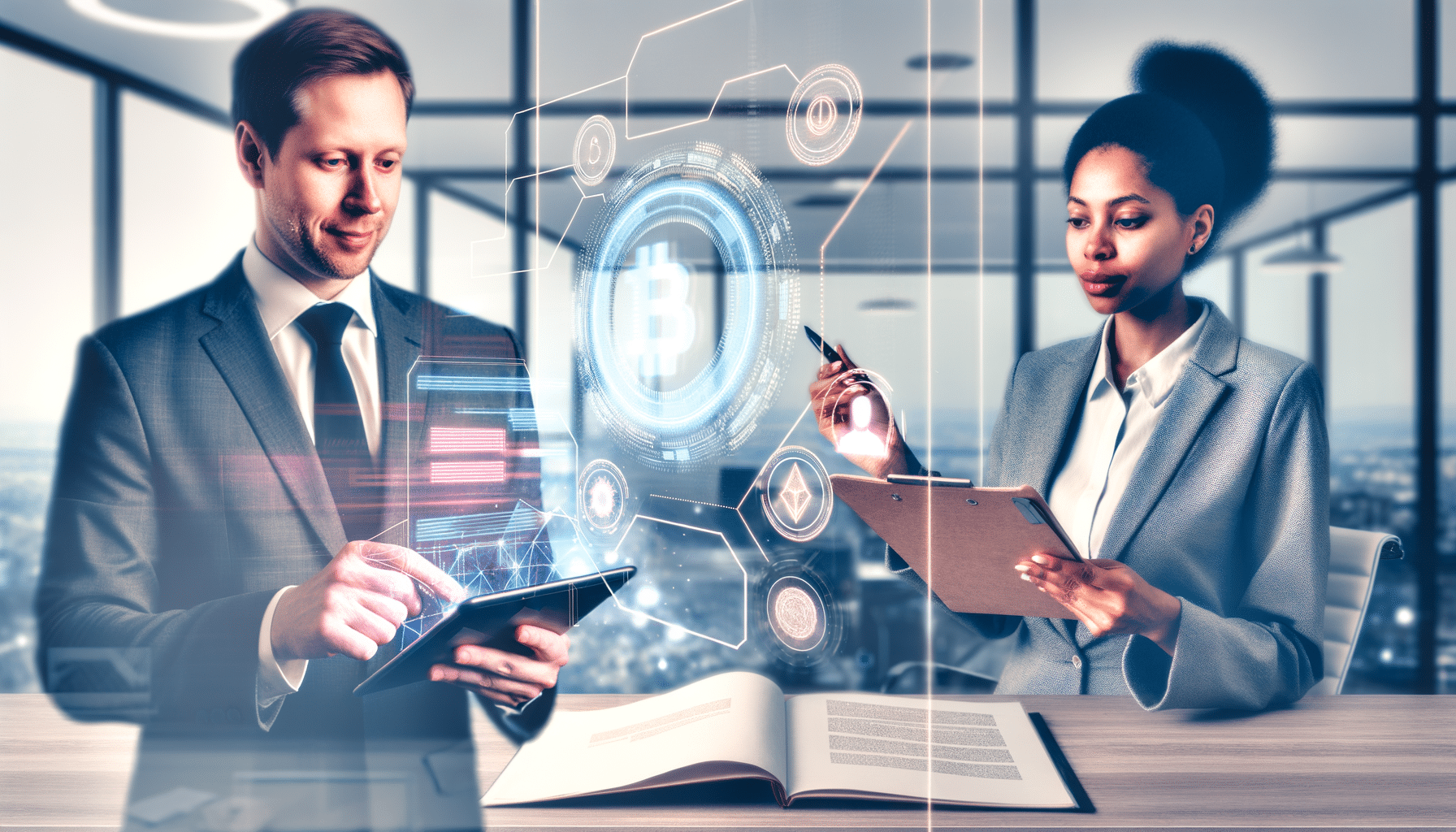Revolutionizing Document Authenticity: A Dive into Digital Signatures and Blockchain
In today’s rapidly evolving digital landscape, ensuring the authenticity of documents is more vital than ever. With growing concerns around data security and fraud, the conventional methods of document verification have become inadequate. This is where digital signatures combined with blockchain technology come to the fore, offering a seamless and secure way to authenticate documents. By leveraging these innovations, businesses, legal institutions, and individuals are witnessing a groundbreaking shift in managing and verifying digital documents.
Recognizing the Power of Digital Signatures
When we think about digital signatures, it’s crucial to distinguish them from their electronic counterparts. A digital signature is a cryptographic value that is calculated from the data and a secret key known only by the signer. They stand as the digital equivalent of handwritten signatures, carrying inherent integrity through encrypted authentication.
The advantages of digital signatures include:
These signatures ensure that a signed document remains unaltered, adding a layer of trust in digital transactions.
The Synergy Between Blockchain and Digital Signatures
While digital signatures inherently offer security and authenticity, integrating them with blockchain technology amplifies these features. Blockchain, often hailed for its decentralized and immutable nature, inherently complements digital signatures by offering:
Combining blockchain with digital signatures forms a formidable duo in document verification, ensuring both the authenticity of the content and the legitimacy of the signer. This is especially crucial in fields such as finance, legal, and government operations where document authentication is paramount.
Practical Applications in Legal and Compliance
In legal and compliance sectors, where maintaining the sanctity of records is obligatory, the fusion of blockchain and digital signatures provides an edge. Legal professionals and compliance officers are tasked with ensuring that all documents are genuine, unaltered, and timely signed. Here’s how this technology is transforming the landscape:
This integration not only safeguards documents but also enhances operational efficiency while fostering compliance with mandatory regulations.
Overcoming Challenges and Embracing Innovation
Like any innovative approach, the combination of digital signatures and blockchain faces certain challenges. These include the initial technological adoption barrier and the need for global standardization. However, the ongoing innovation is steering us towards a future where these technologies are more accessible and standardized.
As I steer RecordsKeeper.AI forward, I’m committed to navigating these challenges head-on by adapting our solutions to be both user-friendly and compliant with emerging regulations. We aim to inspire and lead by example, illustrating how embracing blockchain and digital signatures can transform record management from a laborious task into a strategic asset.
The Future Awaits: Embrace the Change
As digital ecosystems continue to evolve, the marriage between blockchain and digital signatures promises an exciting future for document management. This powerful combination ensures the authenticity of documents, streamlining processes and enhancing trust among parties. With their adoption, organizations can mitigate risks associated with document fraud, ensuring that they stay ahead of the curve in this competitive digital age.
Having journeyed through various landscapes of technological advancements, my role at RecordsKeeper.AI is to keep exploring and integrating solutions that redefine digital records for our users. It’s about diving deep into innovation that truly matters.
Feel free to reach out to learn more about how digital signatures and blockchain can be a game-changer for your organization. Let’s work together in shaping a future where record integrity is a given, not a challenge!
Stay connected with me for more insights on the technological advancements that are redefining the narratives in document authenticity.








